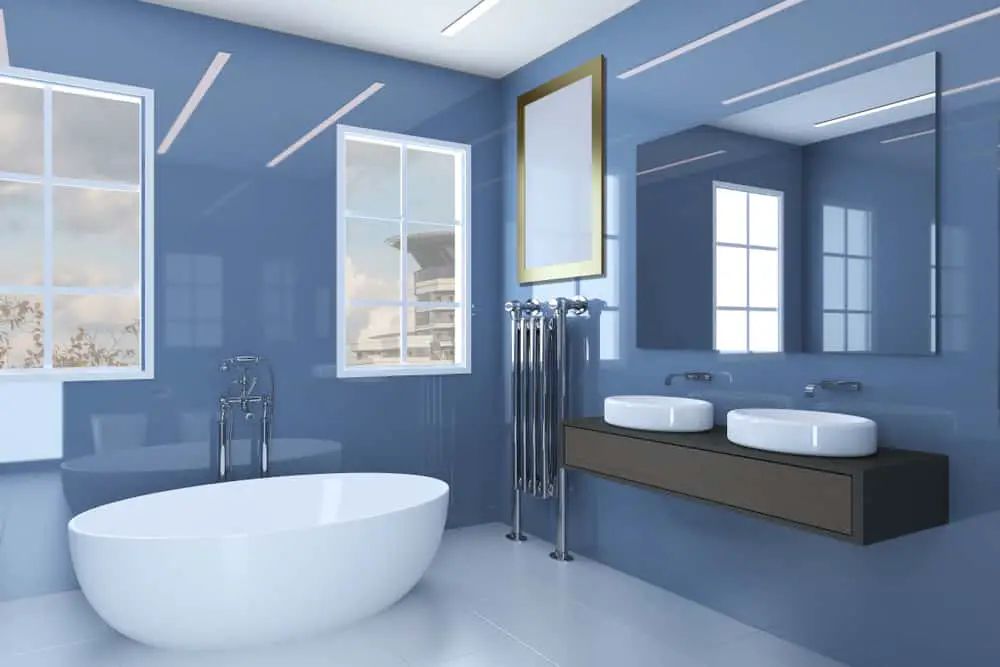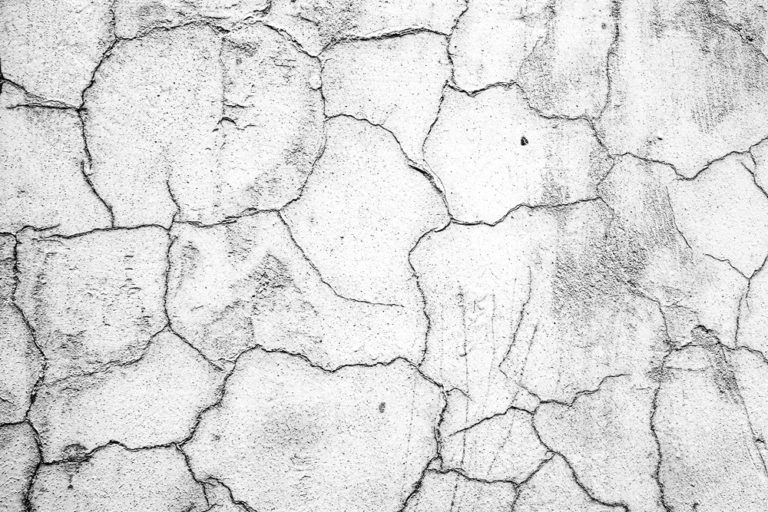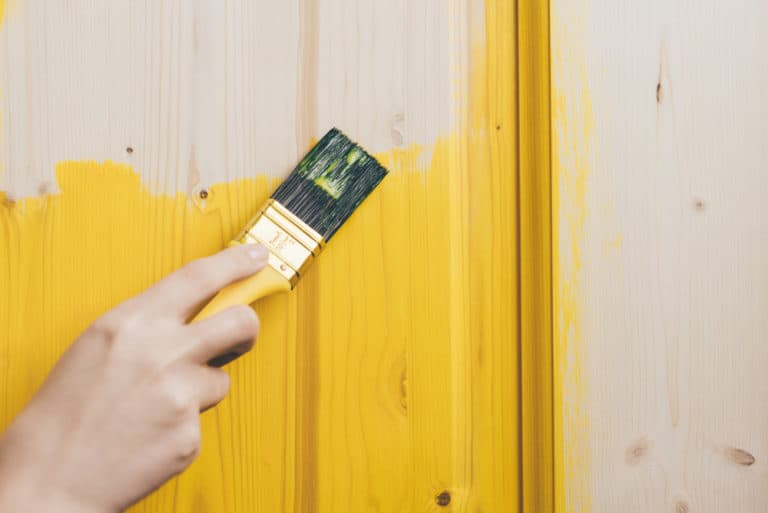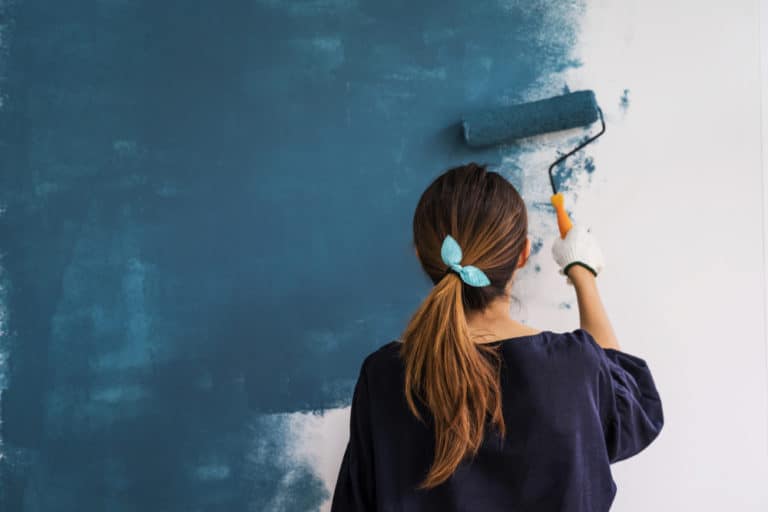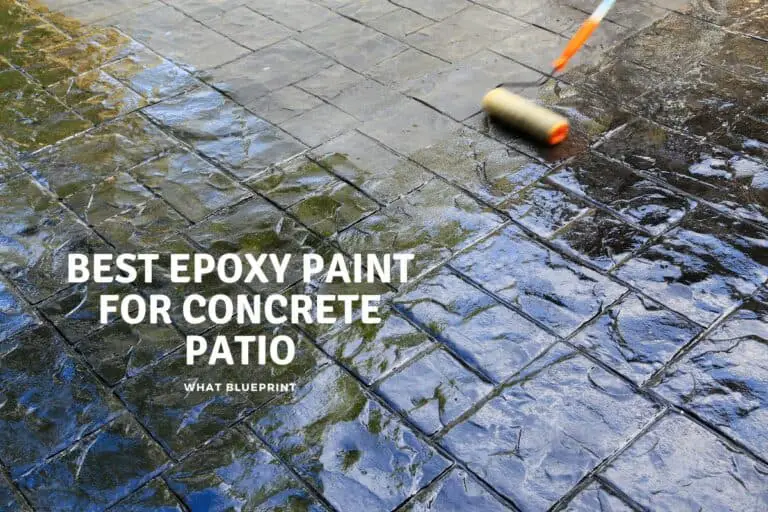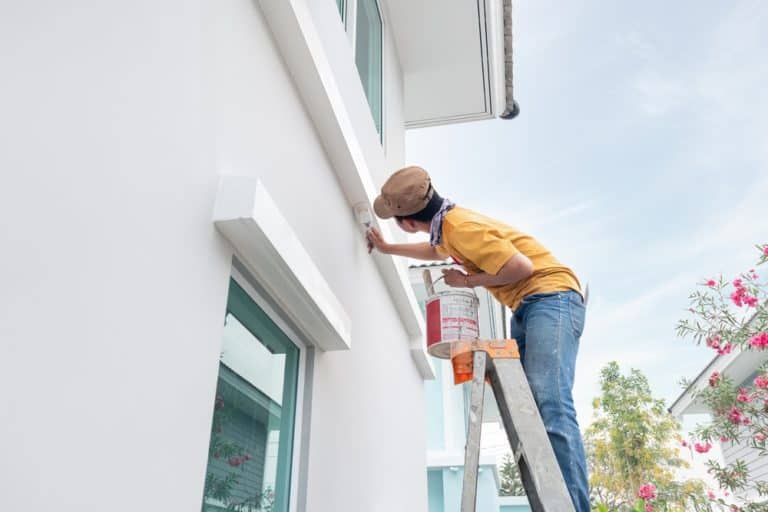Do You Need To Prime Bathroom Walls Before Painting?
My bathroom was starting to look a bit drab. Replacing my old and faded towels with soft, fluffy ones didn’t do the trick. Neither did swopping out the bathroom accessories and decor. What my bathroom needed was a fresh coat of paint. But would it be as simple as slapping some paint on the walls?
The bathroom gets a lot of moisture from the steam from showers and baths. For this reason, it is crucial to prime bathroom walls before painting. If a primer is not applied in time, the paint will start to peel off the walls. Choose a moisture-resistant primer specifically for the bathroom.
Painting your bathroom can be a fun and satisfying DIY project. However, you must take special care to ensure that your paint job not only looks neat and professional but that it lasts.
Why Should You Prime Bathroom Walls Before Painting?
Even with an extractor fan, the bathroom tends to be a moist environment because of all the steam from baths and showers. If bathroom walls are not adequately primed, then over time, the paint will start to flake or peel as a result of this moisture.
Smaller bathrooms that get little to no ventilation are often damp. This constant dampness leads to mildew developing on the walls and ceilings of the bathroom. However, if the correct primer is used, you can prevent mildew from growing in your bathroom.
How To Pick The Correct Primer For Your Bathroom Walls
Standing in the primer aisle in a Home Depot store could leave you feeling overwhelmed and confused. There is a myriad of primers to choose from! To determine the primer that is right for your bathroom, consider the main problems you want to address or issues you may face in the future.
Stains On Bathroom Walls
You may have watermarks on your bathroom walls that have been caused by steam. These stains are unsightly and, if not treated correctly, will just reappear through your new coat of paint.
Use an oil-based primer to cover up watermarks.
Oil-based primers are also great to use in the bathroom because they are more durable and can withstand moisture.
Pro Tip – Oil-based primer has a powerful smell, so ensure that there is enough ventilation when you are applying the primer to your walls.
Also, check that you can apply latex paint over the oil-based primer. If not, ensure that you can get oil-based paint.
Excessively Damp Bathrooms
Smaller bathrooms or bathrooms with poor ventilation tend to retain a lot of moisture. This causes paint to peel or flake and leads to the formation of mildew.
Applying a moisture-resistant primer will seal the walls and prevent peeling.
Pro Tip – Get rid of mildew before you apply primer. To do this, mix one-part bleach with three parts water and apply to areas infected with mildew. It is a good idea to select a paint that is resistant to mildew as well.
Moldy Bathroom Walls
Mold is an eyesore, but it is also a health hazard. Mold thrives in damp, dark bathrooms with very little or no ventilation.
After cleaning the walls and treating the mold, it is essential to apply a mold-killing primer. A mold-killing primer will cover up the stains left from mold, seal the wall and protect the surface against mold forming in the future.
Pro tip – If you have moldy walls, it is not enough to use a mold-killing primer. Existing mold must be treated and killed. It is essential to keep the bathroom ventilated as well. If there are no windows in the bathroom, installing a steam extraction fan will be a good investment.
Dramatic Paint Color Change
Are you going from deep red to a light and airy, cool blue? Or do you have pale pink walls and would like to go for a bold green? Whether you are going much lighter or much darker, it will take many coats of paint to cover up the present paint color.
Paint experts recommend that you tint your primer grey or a similar color to what you would like your walls to look like. If you use this trick, you won’t have to apply that many coats of paint to your walls to get the color you want.
Pro Tip – Tinting your primer grey, whether you are doing a dramatic color change or not, is always a good idea. A grey-tinted primer will enhance the color of the paint, especially darker paints. Grey-tinted primers will also cover stains and imperfections on your bathroom walls more effectively.
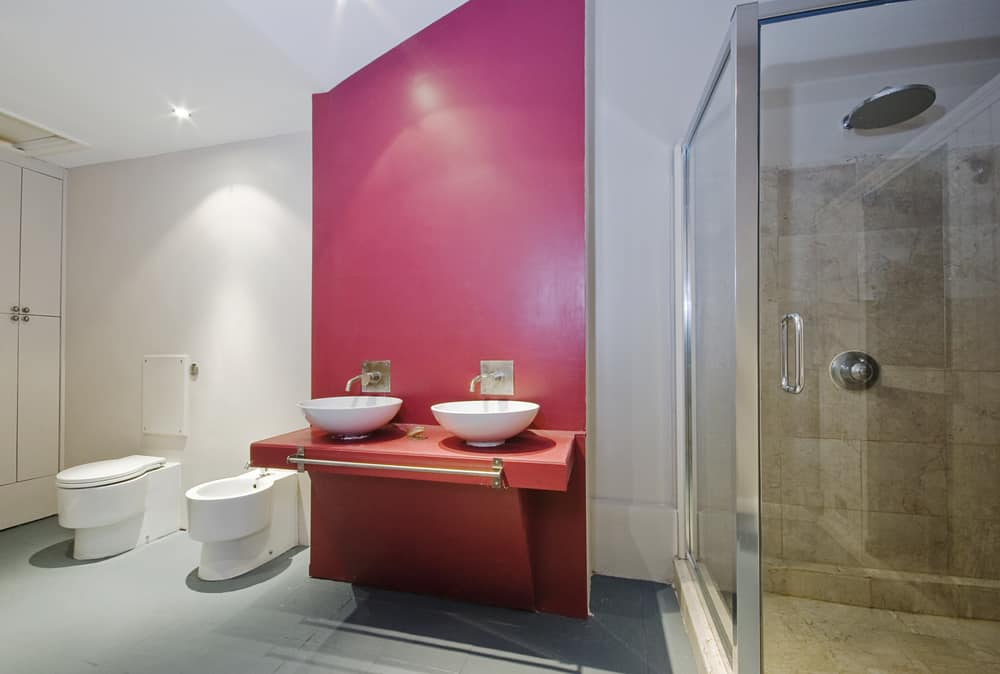
How To Prepare A Bathroom For Painting
- Unlike other rooms in the house, bathroom walls often have a build-up of grime caused by excessive moisture, poor ventilation, and even soap scum. Painting the walls without giving them a good scrub will cause your paint job to be uneven; it could even lead to the paint peeling off over time. Take a bit of time to deep clean the walls thoroughly before applying primer.
- Bathroom walls must be completely dry before you start painting. Therefore avoid having a shower or steaming soak in the tub before you embark on your painting project.
- Wait at least 12 to 24 hours after your last shower or bath before painting the walls. Leave the bathroom window and door open to ensure the room is well dried with not a spot of moisture left on the walls.
Conclusion
Retreating to the sanctuary of your bathroom to scrub away the stresses of a long day is something many of us look forward to. Peeling, flaking paint, or patches of mildew and mold will have you wanting to escape your bathroom rather than retreating to it.
Painting your bathroom is a DIY project that is easy to take on. However, it is essential that you prime your bathroom walls before painting. It is also important to consider the issues you currently face with your bathroom in order to choose the correct primer.

